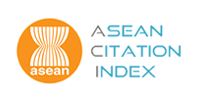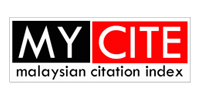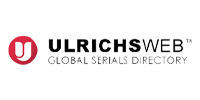Influence of micro-texture sizes towards light absorption improvement in hybrid microtextured/nanotextured black silicon for solar cells
DOI:
https://doi.org/10.58915/ijneam.v17i3.1163Keywords:
Absorption, Alkaline texturing, Hybrid textures, Nanowires, PyramidsAbstract
Increasing wideband absorption in crystalline silicon (c-Si) solar cells is a task that is vital in order to improve the power conversion efficiency of the device. The low light absorption of incident photons is discovered in this type of solar cell due to the bulk c-Si indirect band gap as well as low absorption coefficient characteristics. This work reports on the micro-texture size influence towards enhancing wide/broadband light absorption in hybrid microtextured/nanotextured c-Si for solar cell applications. Sodium hydroxide (NaOH) solution is used to fabricate a Microscale pyramid on c-Si. The NaOH etching is performed at different durations between 25-40 min. The one step silver-assisted wet chemical etching (one-step AgNO3-based MACE) method is applied to prepare nanowires on the pyramid. After 30 min of etching, a range of pyramids with heights between 3-7 µm and 3-10 µm of widths are formed. After the one-step AgNO3-based MACE, nanowires with 300-800 nm heights and 40-50 nm widths are obtained on the pyramids. After the fabrication of nanowires on the pyramids, considerable suppressed weighted average reflection (WAR) is obtained in all the samples, due to improved light trapping and augmented light scattering by the nanowires and the base pyramids respectively. Lowest broadband reflection (9.0 % WAR), is obtained after 30 min of etching and 80 s one-step AgNO3-based MACE. This translates to 38.9 mA/cm2 maximum short-circuit current density (maximum Jsc), or 14.1% improvement compared to the maximum Jsc of the pyramids without nanowires (34.1 mA/cm2). The findings indicated that the hybrid textured surface in c-Si is a promising approach to enhance wideband light absorption and potential photocurrent for application in photovoltaic devices.

















